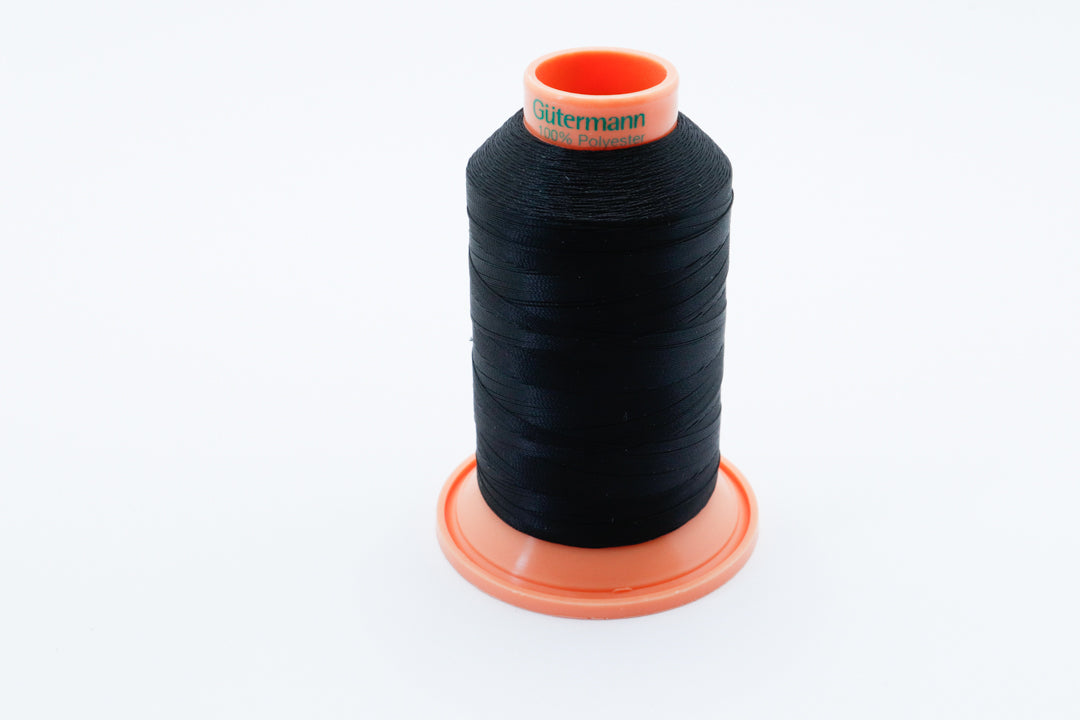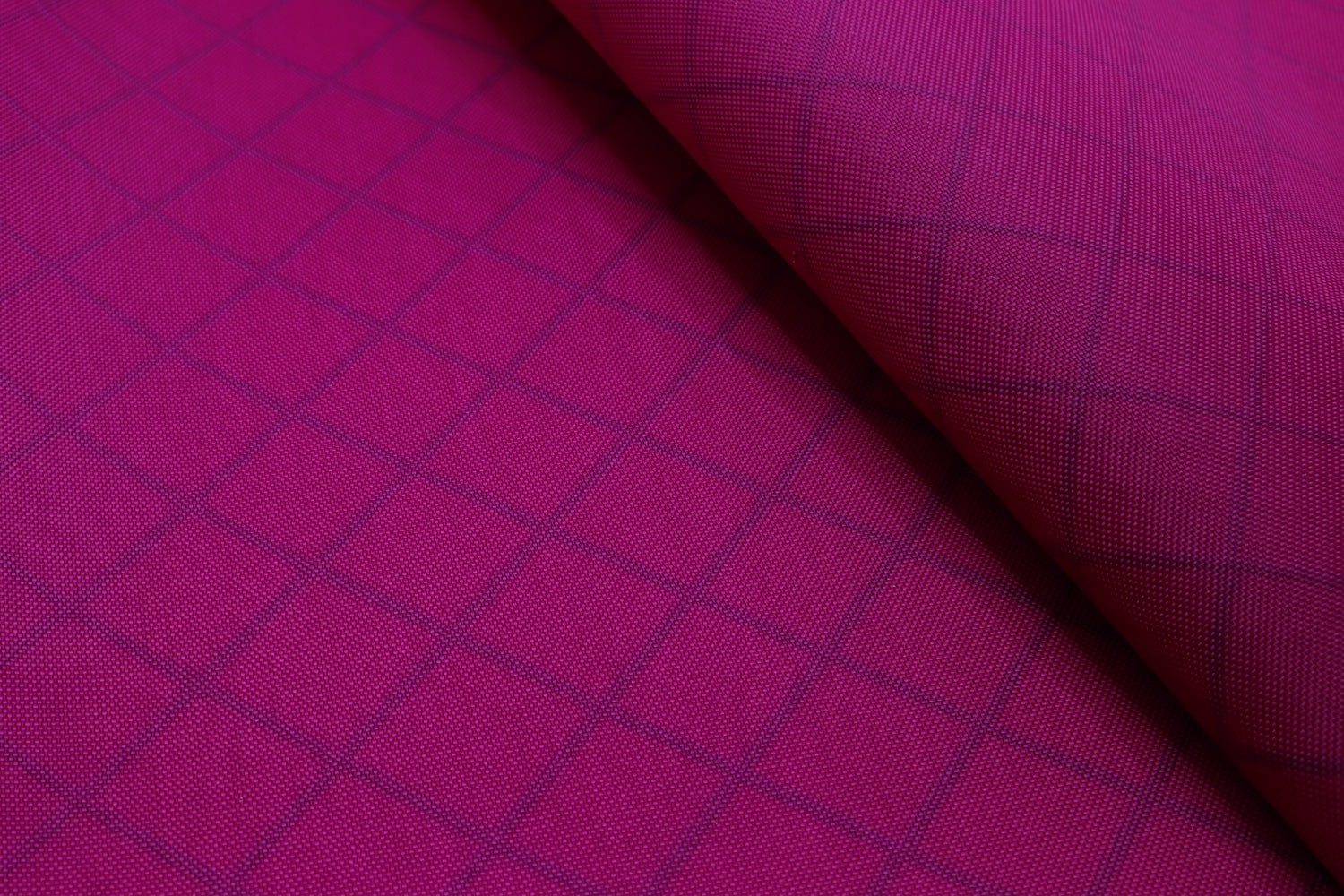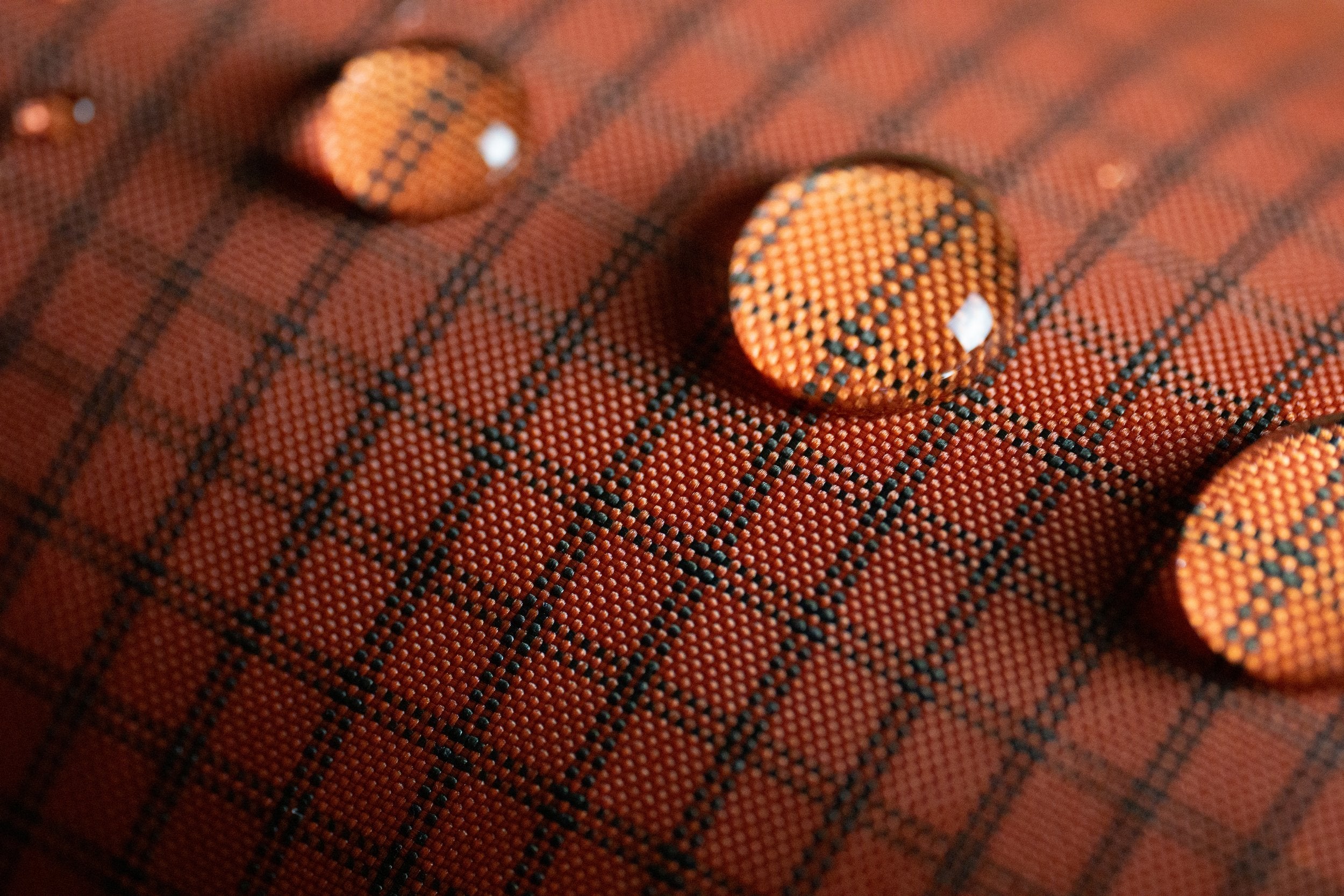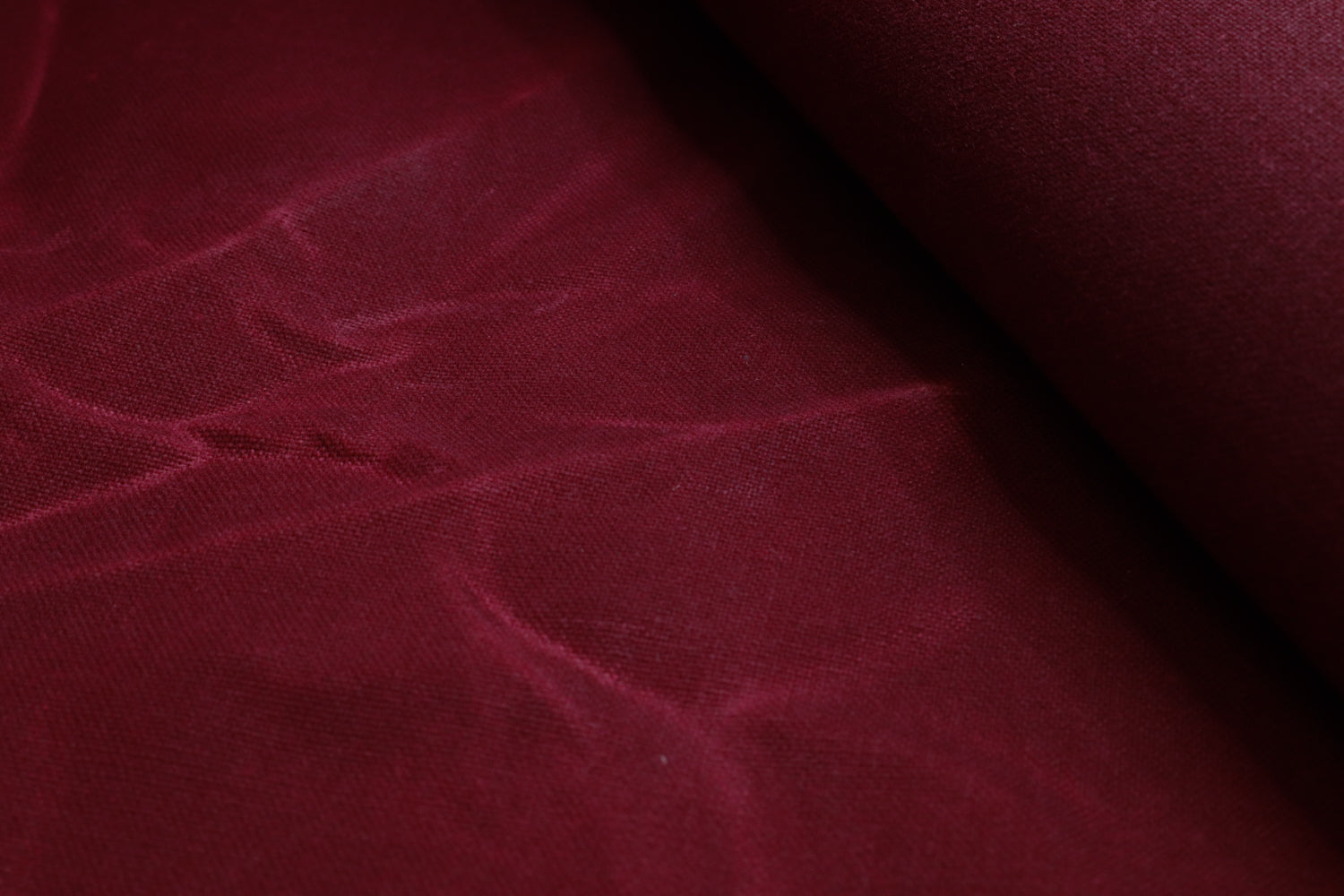Thread and Sewing Machine Needles for Outdoor Gear: A Guide


Your choice of thread and needle make a huge difference when sewing outdoor gear. Choosing the right needle and thread combination for your project can mean the difference between gear that holds up for years and gear that falls apart after a season or two.
With this guide, you’ll learn about the different types of thread and sewing machine needles for sewing outdoor gear – and how to choose the right tools for the job!
Types of thread for outdoor gear
There are three primary types of threads that are used for producing heavy-duty items: polyester, PTFE, and nylon. We’ll discuss each of the three types to give you a feel for when you might choose one over the other.
Polyester thread
100% polyester thread is the best choice for most outdoor gear applications, such as packs and bags. Polyester is strong, durable, and resistant to shrinkage. It also doesn’t have much stretch, making it a sturdy thread choice for sewing items that will receive a lot of wear and tear.
In addition, polyester is resistant to damage from UV rays and water – it’s an awesome choice for gear that will spend a lot of time in the great outdoors.
From a sewability standpoint, polyester thread is lightweight and easy to sew, even for beginners. This makes polyester our top choice for most outdoor gear sewing projects.
PTFE thread
If you’re making something that really needs to withstand some harsh conditions, a PTFE (polytetrafluoroethylene) thread may be a better choice for you. PTFE thread, sometimes referred to as a “lifetime thread,” is an ultra-strong and long-lasting thread that is highly resistant to UV rays, saltwater, cleaning chemicals, and just about any weather conditions that could be thrown its way.
However, the downsides to PTFE thread are that it’s more expensive than polyester and can be difficult to sew. Because of this, unless your gear will be constantly put into very harsh environments, such as marine gear, it’s usually best to stick with polyester thread.
Nylon thread
Nylon is a strong synthetic material, and threads made from nylon certainly retain that characteristic. Nylon thread has a high tensile strength and doesn’t break easily. However, nylon thread tends to have quite a bit of give and stretch, which is not something you want in your outdoor gear. In addition, nylon is not resistant to UV rays and will break down quickly when exposed to the outdoors regularly. Because of this, nylon is often used for indoor furniture and other heavy-duty items that stay sheltered from the elements.
Thread sizing
There are quite a few different thread-sizing systems out there, but the most reliable and consistently used is the Tex sizing system.
In the Tex system, the weight of 1000 meters of thread is used to determine the “Tex” of the thread. For example, if 1000 meters of thread weighs 1 gram, that thread is 1 Tex. If that same 1000 meters of thread weighs 70 grams, the thread is 70 Tex.
Basically, the key for you, as someone looking for thread to sew with, is that the higher the Tex, the thicker (and heavier) the thread.
Core spun vs continuous filament threads
There are two primary ways of constructing thread that is strong enough to be used for outdoor gear – continuous filament thread and core spun thread.
Continuous filament thread is the stronger of the two and is produced by winding several long thread filaments together. On the other hand, core spun thread is manufactured by spinning short fiber lengths around a long, microfilament core.
Both types will work for most outdoor gear, but it is often recommended to use continuous filament thread for its higher strength and durability.
Thread recommendations
We recommend choosing Gütermann brand polyester threads – they are a well-known manufacturer of high-quality thread. There are other thread brands that you can try out, but we find that Gütermann is worth the cost for the quality and consistency of their thread.

When it comes to thread for outdoor gear, we recommend Gütermann’s continuous filament thread, which is their TERA line. The TERA 40, which is a Tex 75 thread, is great for heavier gear, while the TERA 80 (Tex 35), is perfect for lighter packs and bags.
Choosing the right needle for sewing outdoor gear
Once you’ve chosen your thread, it’s important to pair the right needle with that thread. You’ll need to choose a needle that’s the correct size to handle the thread you’re using, is heavy enough for the fabric you’re working with, and is the right type to produce great stitches in your fabric.
Sewing machine needle sizing
Sewing machine needles are sized with two different systems, an American system and a European system. Thankfully, most sewing needle brands provide both sizes, so you can choose the system you like best and stick with it!
The American sizing system ranges between 8 and 19, with 8 being the thinnest needle and 19 being the thickest. The European system uses numbers from 60 to 120, with 60 being the lightest needle and 120 being the heaviest.
The key takeaway: the larger the number, regardless of the sizing system, the thicker the needle.
When using TERA 80 thread, you’ll want to choose a needle between American sizes 10-14 (European 70-90). If you’re working with the heavier TERA 40 thread, a needle between sizes 14-18 (European 90-110) should work well.
Types of sewing machine needles
Finally, sewing machine needles come in many different types, each one made to work well with a specific type of fabric.
The two types of needles to know for outdoor gear are Universal needles and Denim needles. Universal needles work well for most fabrics and are usually the best place to start. However, if you’re working with a very heavy fabric that is too heavy for a Universal needle to puncture efficiently, try switching to a Denim needle – it’s made to get through thick, tightly woven fabrics easily.



Leave a comment